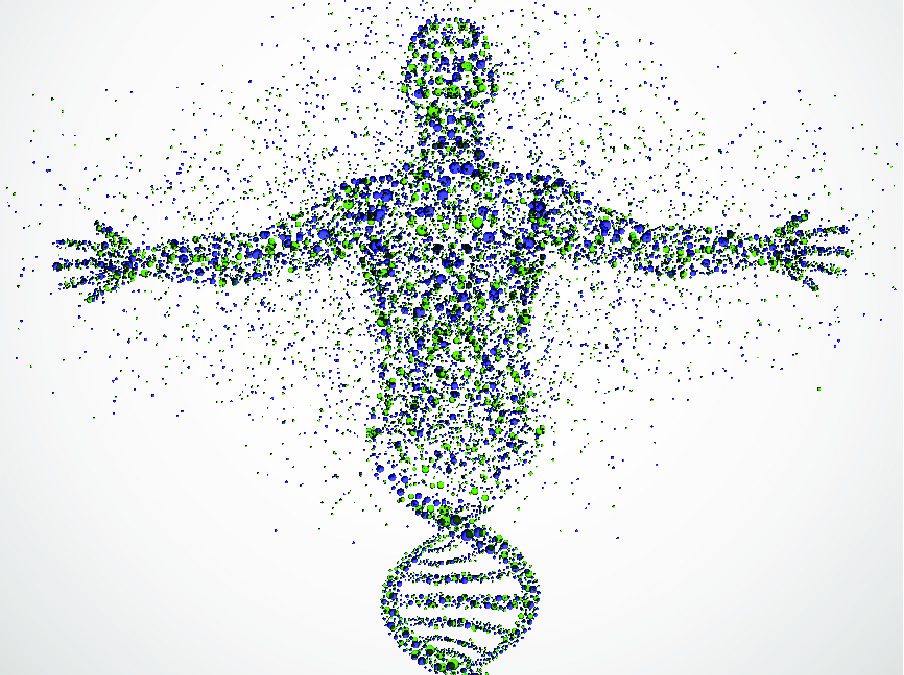Regenerative medicine
The use of human-derived stem cells to treat diseases and injuries ranging from arthritis to paralysis has the potential to revolutionize the medical field. Personalized medical treatments are advantageous because they allow drugs to be pre-screened by the patient’s system prior to treatment. Specifically, personalized regenerative medicine focuses on understanding how biological tissues are formed and maintained in vivo, to restore damaged or diseased tissues. One method to understand tissue behavior is to duplicate the physical environment during tissue growth, which provides a framework for patient-specific tissue engineering. Current research in this field concentrates on engineering and recapitulating the mechanical and chemical environments that allow cells to develop into useful tissue.
One such tissue of interest is the bone-cartilage or osteochondral interface. This interface covers the ends of bones within the joint and connects the load-bearing bone to the elastic articular cartilage that reduces joint friction. Cartilage does not have any vasculature and therefore cannot fully heal when injured due to insufficient nutrients and regenerative stem-cells.
Current research explores filling the wound defect with bone-derived, mesenchymal stem cell (MSC) laden soft (~10s-100s kPa) hydrogel, but the physical loads sustained by joints are too high for the encapsulated cells to differentiate into the ideal, articular cartilage and can reduce cell viability due to hydrogel failure. Stiff hydrogels that can sustain the physiological loads similar to native cartilage have also been tested, but the increased crosslinking density is too high for MSCs to receive sufficient nutrients, which also leads to cell death. A variety of techniques attempt to recapitulate this region using both soft, MSC-laden material (10s kPa) and stiff supporting material (~1MPa) including electro-spun collagen fibers and collagen-based
microsphere scaffolds onto which cells are seeded. While these techniques are promising, their inability to locally control the mechanical and chemical properties within a structure limits their utility.
3D printing is a promising technique to locally control material deposition of multiple materials. Fabricating structures with user-defined mechanical and chemical properties will enable patient-specific tissue engineering, which motivates the body of research devoted to biomaterial printing. Next a range of 3D printing techniques are reviewed, focusing on the stereolithography system, which is used throughout this work.

Regenerative medicine


